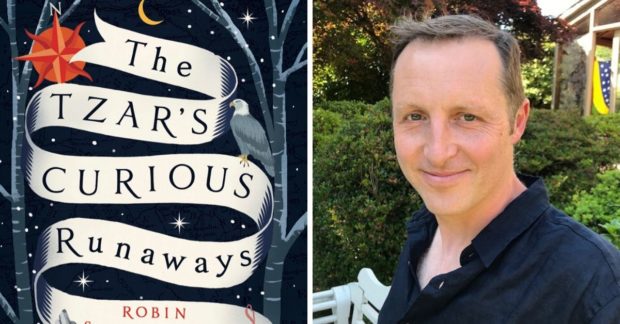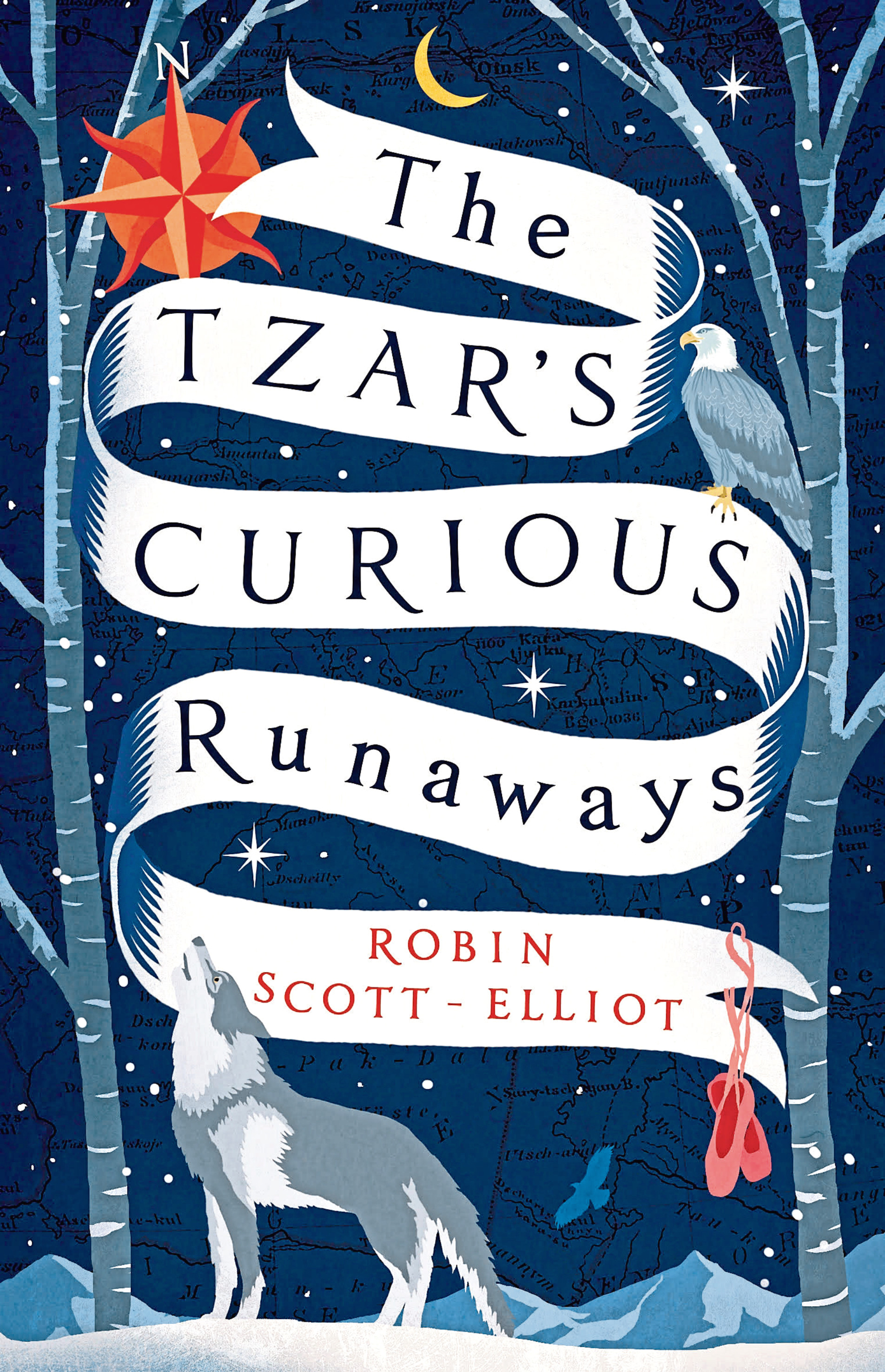
Former sports reporter Robin Scott Elliot quit his full-time job three times in pursuit of writing “grown-up” historical fiction.
But his early attempts at getting his books published were not as successful as he’d hoped. The Dunbartonshire-based writer – who became a stay-at-home dad to follow his dream of authorship while his wife Karen commuted to London to work in TV – was on the verge of giving up.
That was until his daughters Iona, 12, and Torrin, 10, urged him to try his hand at children’s fiction.
It was a move that was to turn around his writing career.
Edinburgh-born Robin – who has worked for newspapers and broadcasters covering every imaginable sport from football to fencing – reveals: “In the writing world there is a lot of rejection. I started to think I wasting my time. But that changed when I started writing children’s fiction. It just clicked.”
His first book for nine to 12-year-olds, Over The Sea To Skye, features 12-year-old twins Charlie and Flora MacDonald who find a teenage runaway Soviet submariner in their garden and decide to help him escape the Cold War. In the process, they are catapulted back to 1746, and come face to face with Bonnie Prince Charlie. The book was shortlisted for the Kelpies Prize.

He says: “Getting that shortlisting made me think, ‘maybe I can do this.’”
Robin wasted no time penning The Tzar’s Curious Runaways, his latest offering. It springs from his fascination with Russian history and Peter the Great’s real-life Circus of Curiosities (the Kunstkamera).
He says: “The Kunstkamera museum leapt out at me when I first read about it. What, I wondered, happened to the living part of Peter’s collection, taken from their homes for the amusement of him and his court? As with most history the fate of the supporting cast is rarely recorded, children and those with disabilities in particular.”
The story follows Katinka, a dazzling ballerina with a hunched back, and her friends Alexei the giant and Nikolai the dwarf who are part of Peter the Great’s collection. But the Tzar is dead and they must flee his Winter Palace.
Robin’s book wowed publishers who quickly offered him a deal. He reveals: “I was in the opticians getting new glasses when the email came through on my phone. I couldn’t read it so Iona had to read it for me. I was gobsmacked and she was really excited. She’s my biggest critic.”
And now the author looks set to score a hat-trick. He reveals: “I have a new book coming out in June. Set in India and titled Acrobats of Agra, it’s about a Scottish girl who joined the Indian revolution.”
Robin Scott Elliott, The Tzar’s Curious Runaways, Everything With Words, £8.99

Enjoy the convenience of having The Sunday Post delivered as a digital ePaper straight to your smartphone, tablet or computer.
Subscribe for only £5.49 a month and enjoy all the benefits of the printed paper as a digital replica.
Subscribe